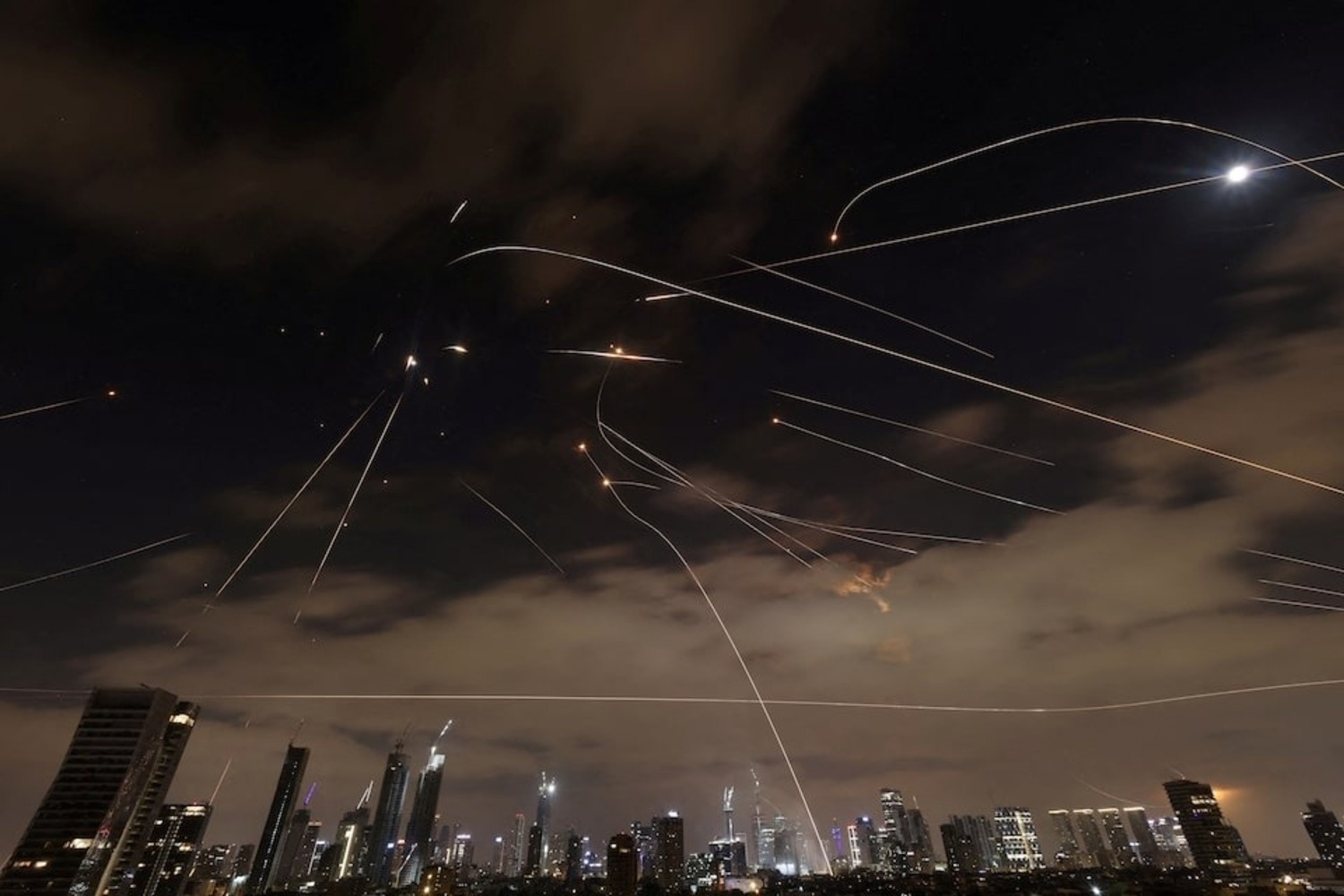
According to Israeli officials, since the night of June 14, Iran has launched about 200 missiles and dozens of unmanned aerial vehicles (UAVs) at Israel. The Israeli military has not announced the number of missiles intercepted or that have penetrated the air defense system, for fear of revealing information to the enemy.
However, images circulating on social media show many Iranian missiles penetrating Israel's multi-layered defense system, which is considered an "iron shield".
This bombing campaign has put Israel's sophisticated defense system to an unprecedented test as Iran has launched hundreds of ballistic missiles into the country for several consecutive days. One ballistic missile even directly hit the Kiryat complex - home to the Ministry of Defense and the General Staff of the Israel Defense Forces (IDF) - in a large-scale raid on the night of June 13.
Defensive effectiveness questioned
THAAD (Terminal High Altitude Area Defense) system, manufactured by Lockheed Martin, was announced by the Pentagon in October 2024 to be deployed in Israel to prepare for ballistic missile attacks from Iran.
Graphic of the THAAD system's interception mechanism. Graphic: Business Insider |
It is a key part of the US military's multi-layered air defense system, adding to Israel's already robust anti-missile defense system.
The THAAD system, a mobile defense system, will provide the Israel Defense Forces with another layer of defense to protect cities, troops and facilities from short- and medium-range ballistic missiles similar to those Iran deployed in the most recent attack.
Previously, the US had brought the THAAD system to Israel in 2019 for training purposes and after Hamas attacks on Israel on October 7, 2023.
THAAD is designed to intercept short- and medium-range ballistic missiles in their terminal phase of flight. The first THAAD battery was deployed operationally to the US military in 2008.
According to Lockheed Martin, each THAAD battery consists of 6 launchers with 8 missiles/vehicle, 2 AN/TPY-2 search and target indication radars, 2 mobile tactical centers. The THAAD system can intercept missiles at a distance of 200 km, altitude of 150 km.
In Israel, the US Army used the THAAD system in combat for the first time on December 26. However, there were reports that the system failed to intercept a Yemeni missile headed towards Israel at the time.
This has raised questions about THAAD's usefulness against much larger-scale attacks, especially given Iran's significantly more sophisticated ballistic missile arsenal.
In fact, the THAAD system still has some limitations compared to many competing systems deployed elsewhere in the world , such as Russia's S-500 air defense missile system.
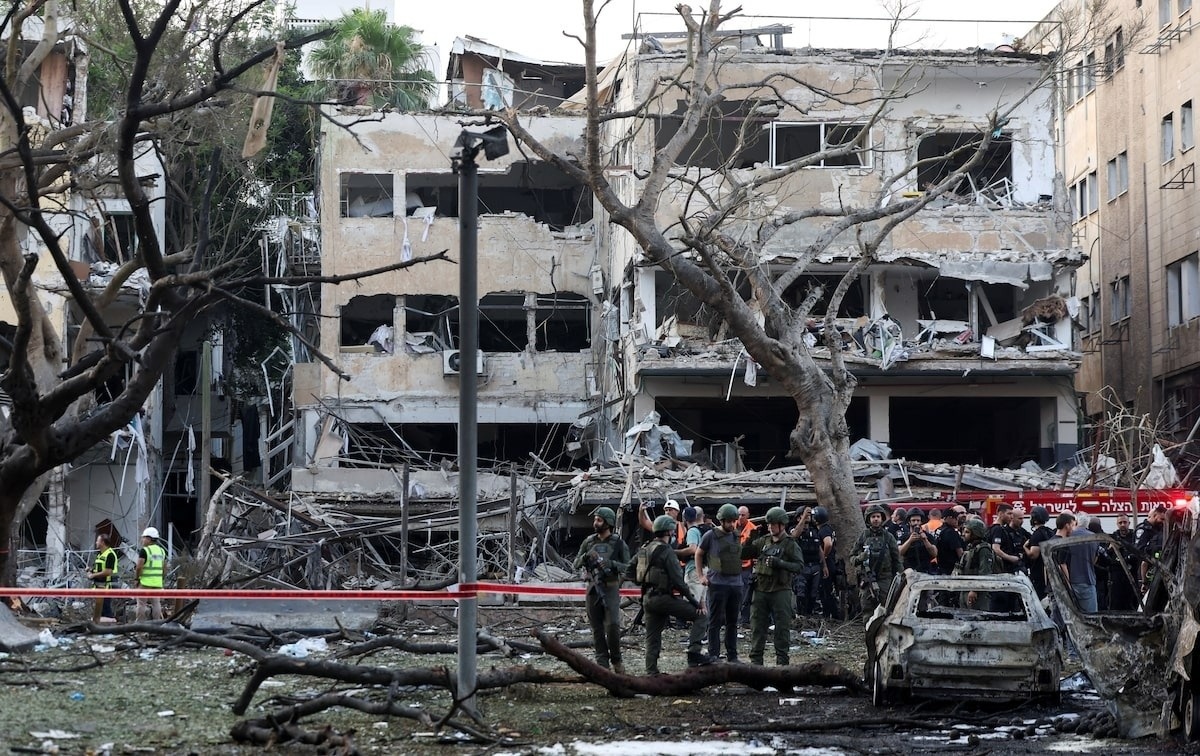 |
Rescue workers work at the scene after Iran launched a missile at Tel Aviv, Israel, June 16, 2025. Photo: Reuters. |
Among these, the biggest limitation of THAAD is considered to be that it only deploys a single type of surface-to-air missile, thus unable to provide a multi-layered defense system and intercept different types of targets with optimal weapons.
In addition, the interceptor missiles launched by the THAAD system do not carry warheads, and are limited to intercepting targets at a maximum range of about 200 km. For comparison, this figure only covers about 11% of the protected area compared to the S-500.
Unequal war of attrition
To date, Israel is deploying five missile interception systems including Iron Dome, David's Sling, Arrow, THAAD and Iron Beam.
These multi-billion dollar systems have been deployed and proven numerous times since Hamas' attack on the country in October 2023.
The biggest problem, however, is that these five systems are expensive and difficult to produce. According to Al-Rai Daily, an Iron Dome interceptor missile costs about $50,000 , while David's Sling and Arrow 3 missiles cost between $1 million and $4 million .
In contrast, Iranian missiles like the Fateh-110 and Zolfaghar cost between $110,000 and $150,000 . This cost difference clearly favors Iran. An Iranian attack could cost less than $1 million , while Israel could spend five to 10 times that amount on defense.
In a protracted war of attrition, Tehran could well maintain the pressure, while Tel Aviv gradually depletes its expensive defense stockpiles.
US President Donald Trump once revealed that Washington had resupplied Iron Dome missiles to Israel even before the war officially escalated, emphasizing the deep level of coordination between the US and Israel.
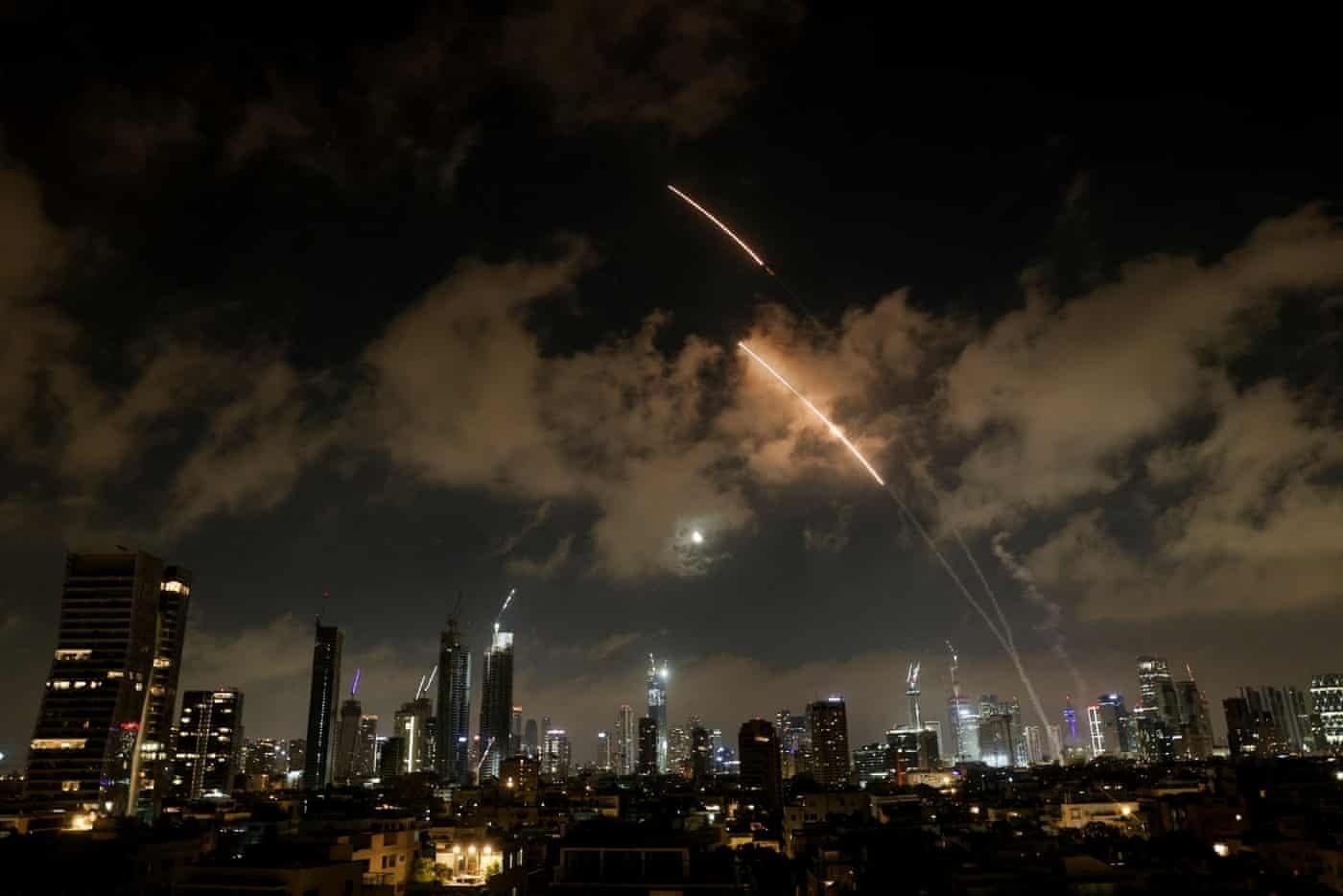 |
An Israeli air defense system operates as a missile is launched from Iran, as seen from Tel Aviv, Israel, June 18. Photo: Reuters. |
The US currently maintains a reserve of emergency ammunition (WRSA-I) in Israel, which Tel Aviv can access with Washington’s approval. However, this support highlights the country’s dependence. Without continued US support, Israel’s ability to deter threats could be undermined.
Military experts estimate that Iran still has hundreds, perhaps as many as 2,000 missiles with enough range to reach Israel. If Iran maintains its current rate of launches, it could continue firing for several days.
Iran’s ammunition burn-up is also staggering. Reports indicate that more than 1,000 missiles were fired at Israel in just one week. It is estimated that to maintain a 60–90% interception rate, Tel Aviv would need to launch hundreds of interceptor missiles, costing tens of millions of dollars per day.
Production constraints further complicate replenishing this air defense missile inventory, especially for complex systems like the Arrow 3, which are not mass produced.
Analysts also warn that Israel's defense doctrine, built on technological superiority, was never designed for prolonged wars of attrition.
If the missile arsenal is depleted, the risk of attacks bypassing the defense system will increase, not because the system is failing, but because Israel simply no longer has enough resources.
“We have a good defense system, but we cannot block the sky,” Israel’s ambassador to the United States, Yechiel Leiter, told ABC on June 16. “About 10 to 15 percent of ballistic missiles penetrate the defenses.”
Source: https://znews.vn/lo-hong-trong-luoi-chan-thep-cua-israel-post1561739.html








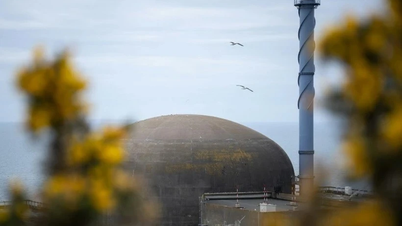

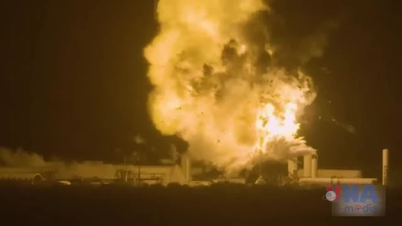



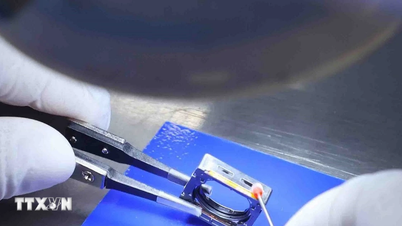



















































































Comment (0)